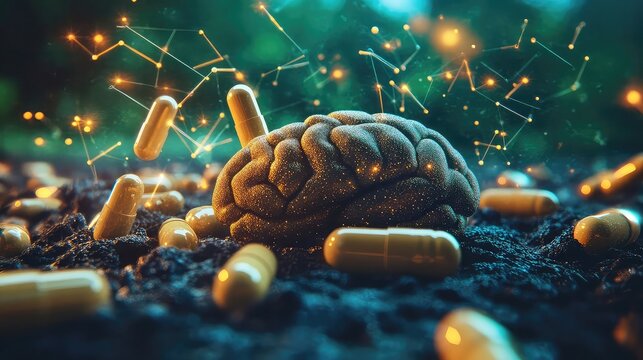Home
Nootropics Products
Find Your Perfect Stack (Quiz)
Research-Grade Nootropics
Beginner Guides & Safety
Brain Health Lifestyle
Stacks & Protocols

